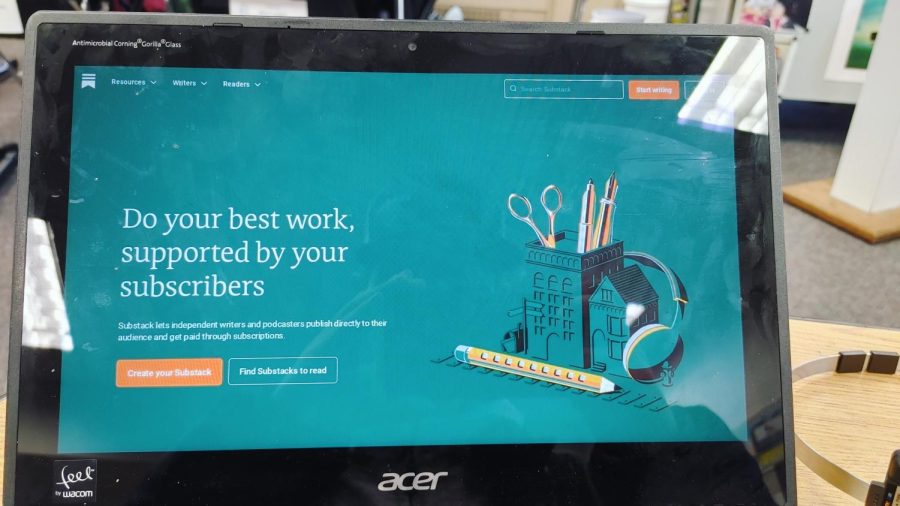A powerful tool for internet publishing gains traction
The homepage of Substack, awaiting the reader to discover new content.
In the varied depths of the internet, there’s no shortage of people expounding seemingly all of their thoughts to the public like a street preacher with the world’s largest megaphone. In this age of countless social media takes, strange AI-generated essays, and disorganized places to publish serious writing for the media neophyte, it seems more complex and harder to get noticed amongst the crowd.
Enter Substack, the new and clean-looking way for writers and podcasters to publish and monetize their content on the internet independently. On the site, you own everything you make and your readers can easily fund your work, and it has started to gain traction among big and small players alike. According to their manifesto:
“We are developing an all-in-one service to let writers get paid by reaching audiences that value them. Our tools will include easy-to-use editing software that can handle the simultaneous publication of stories and newsletters; a payments solution that makes subscriptions intuitive and manageable for both publisher and reader; sharing features that allow stories to find large audiences outside the paywalls; and design templates so that publishers can create beautiful reading experiences.”
For the aspiring high school writer, Substack is easier to set up than a personal website due to not needing a server or learning how to write a webpage from scratch. The site also has a decently sized audience on it, so one could gain more attention quicker than writing for local publications or websites, and due to the lack of any strong editorial controls, there is the potential for students to cover what matters most to them in a way that appeals stronger to their peers then larger outlets.
The site works on a traditional subscription model, where posts can be seen by people who pay some monthly amount. Posts can also be seen for free if the author so chooses. Other features such as live chats and comments allow the writer to build a community and support structure around their work.
For the potential high school reader, Substack acts as one hub to view the authors or kind of content one would like to see, without having to sift through unwanted algorithm-served content or browse through search engines for the work of specific writers.
To give some history, Substack was launched in 2017 by Chris Best, Jairaj Sethi, and Hamish McKenzie so they and others could independently control their own content. The platform’s creators sought to fix some issues seen in traditional media sites, such as mainly advertiser-based funding and content served by algorithms.
If anyone wishes to check it out, the site is substack.com


